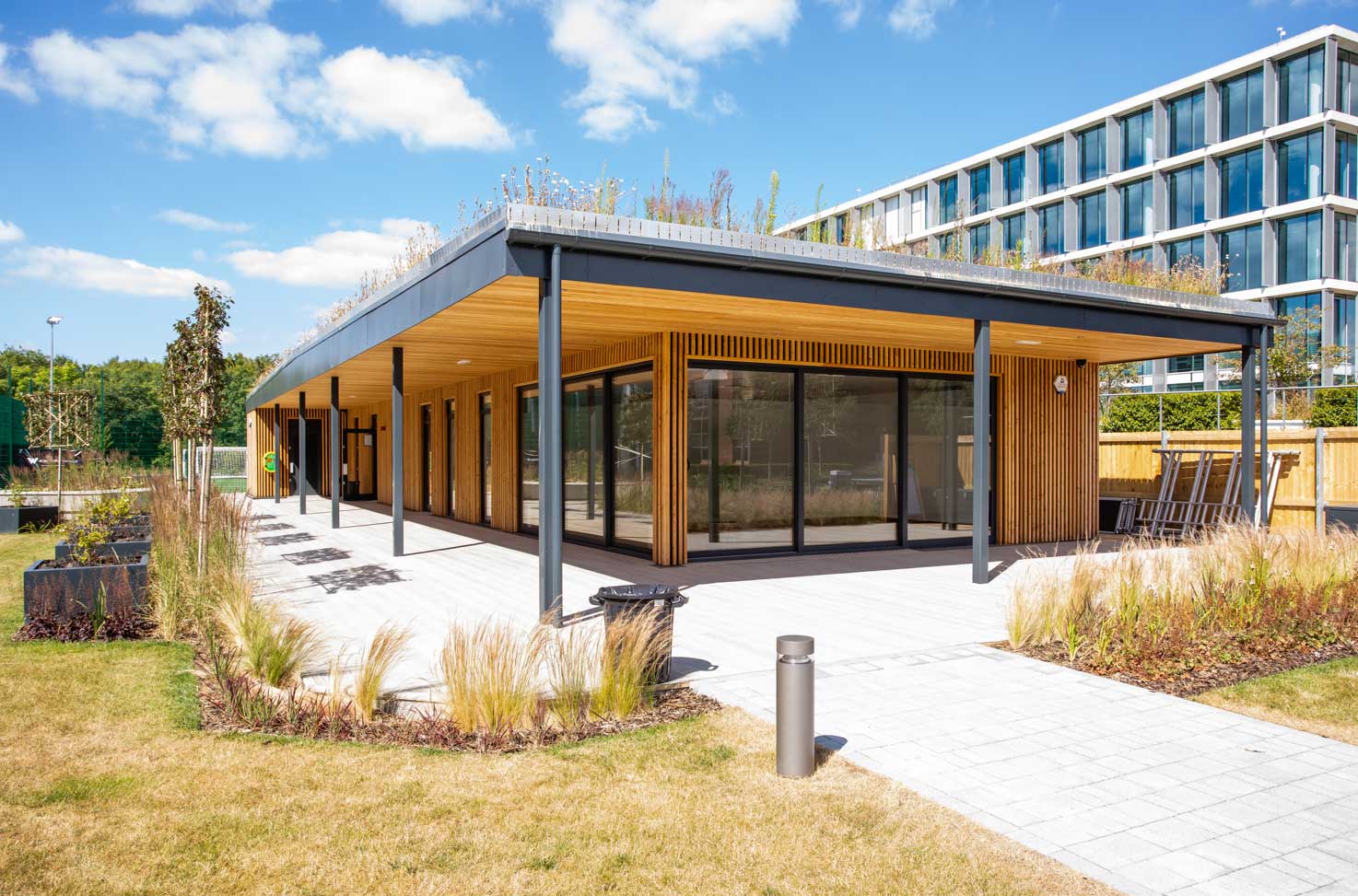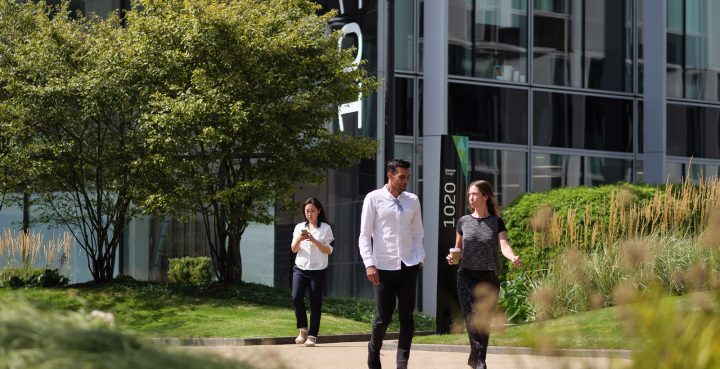This spring, plan your visit to explore some of the best places to spot blossom, you may even see some blossom trees at Winnersh Triangle.
According to new research from the National Trust the area of orchards in England and Wales has halved since the early 1900s. This is resulting in huge losses in habitats for nature and meaning far fewer people can enjoy one of nature’s spectacular, yet fleeting, moments – spring blossom.
Why not join in with National Trust’s celebration of blossom in the run up to Blossom watch day on 23 April 2022? All you need to do is share your pictures of colourful blossom on social media using the hashtag #Blossomwatch and tag Winnersh Triangle too.
With results published as the conservation charity kicks off this year’s #BlossomWatch campaign, the results reveal an overall loss in orchards of 56 per cent, with just 43,017Ha left growing today – an area about the size of the Isle of Wight.
Bucks, Berks and Oxfordshire
In the early 1900s in the Bucks, Berks and Oxon region, Berkshire had the least area of orchards with 492 hectares, followed by Oxfordshire with 803Ha and Buckinghamshire with a generous 1446Ha.
Berkshire has seen a 74% loss in traditional orchards, Oxfordshire a 68% loss and Buckinghamshire a 75% loss in traditional orchards. Reading has lost 93% of its 34Ha.
Emma McNamara, gardens consultant for the Southeast: “It’s a tragedy that over 80% of the South East’s heritage orchards have been lost, but we’re working hard to bring back some of that lost blossom, in our gardens and parks too, with mixes of fruit and ornamental blossom trees, sometimes in creative layouts for visual impact. Trees like cherry plum Prunus cerasifera and sweet cherry Prunus avium; their nectar and fruit provide a terrific food source for birds, and insects like butterflies and bees. And of course, they’re a beautiful spectacle in Spring; in Autumn too, when they are laden with fruit.”
Where to see some blossom trees
National Trust’s Hughenden near High Wycombe maintains an extensive apple orchard with 47 varieties of old English Apples. The walled garden also features a small cherry orchard along with apricot, fig and the Aylesbury prune, a traditional English damson.
Cliveden’s Round Garden orchard near Taplow has been under restoration for more than ten years. It was originally laid out in the mid-19th century and is possibly the only surviving example in the UK of a circular fruit orchard form this period. It was highly ornamental, with apple, plum, cherry and pear trees growing up and over seven-foot-tall iron hoops arranged around and across the 250 foot diameter. It continues to be a haven for wildlife, with rare bats, birds, fungi and insects taking up residence.
Greys Court near Henley has a traditional orchard in its walled garden and this year seven new pear and cherry trees were planted to create the Jubilee Tree Circle in support of the Queens Green Canopy. Greys Court’s cherry garden is also undergoing restoration at the moment with many new cherry trees being planted to create a blossom tunnel in Spring.
How to take part
To join in Blossom Watch simply take a photo of a blossom tree and upload it to social media using the hashtag #blossomwatch. It doesn’t matter whether the tree is in your garden, a park, at a National Trust property or at Winnersh Triangle.
Get tagging and we can’t wait to see your photos.
For more information head to www.nationaltrust.org.uk/blossom-watch








